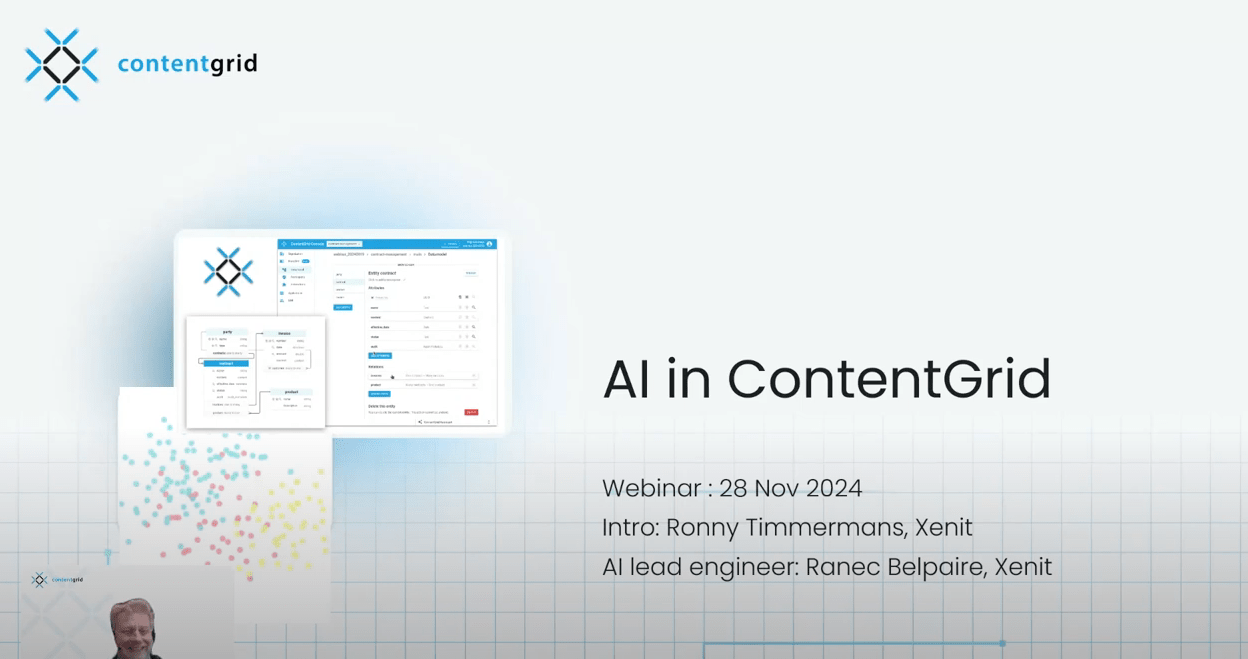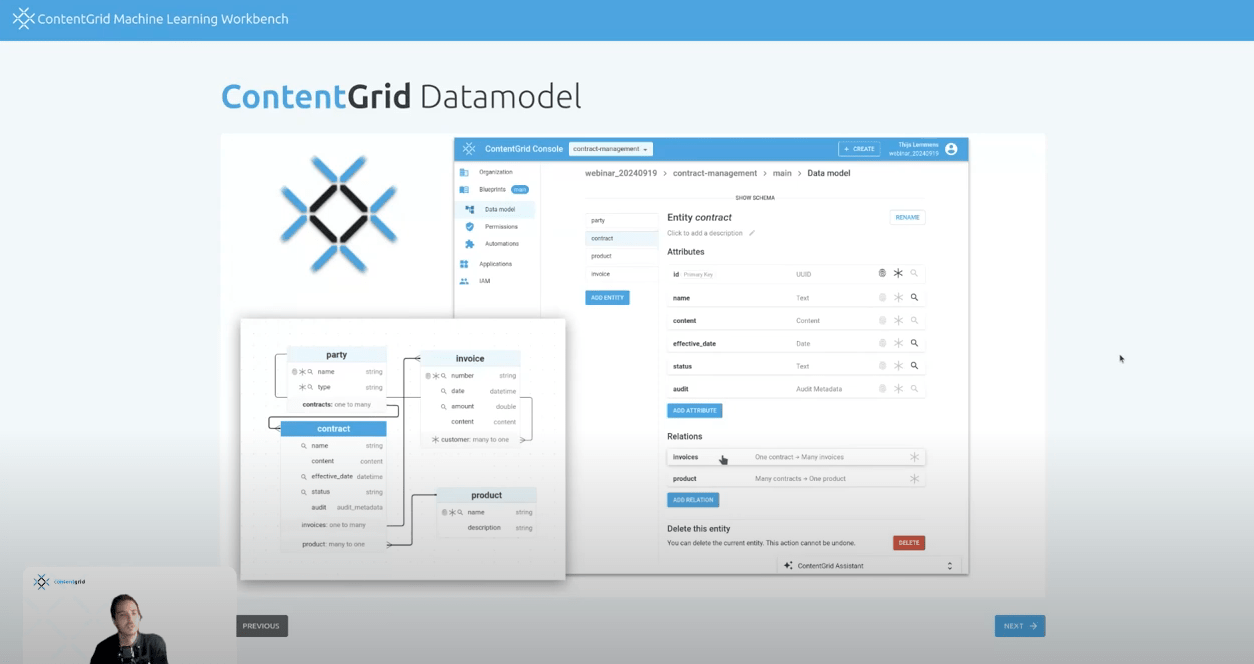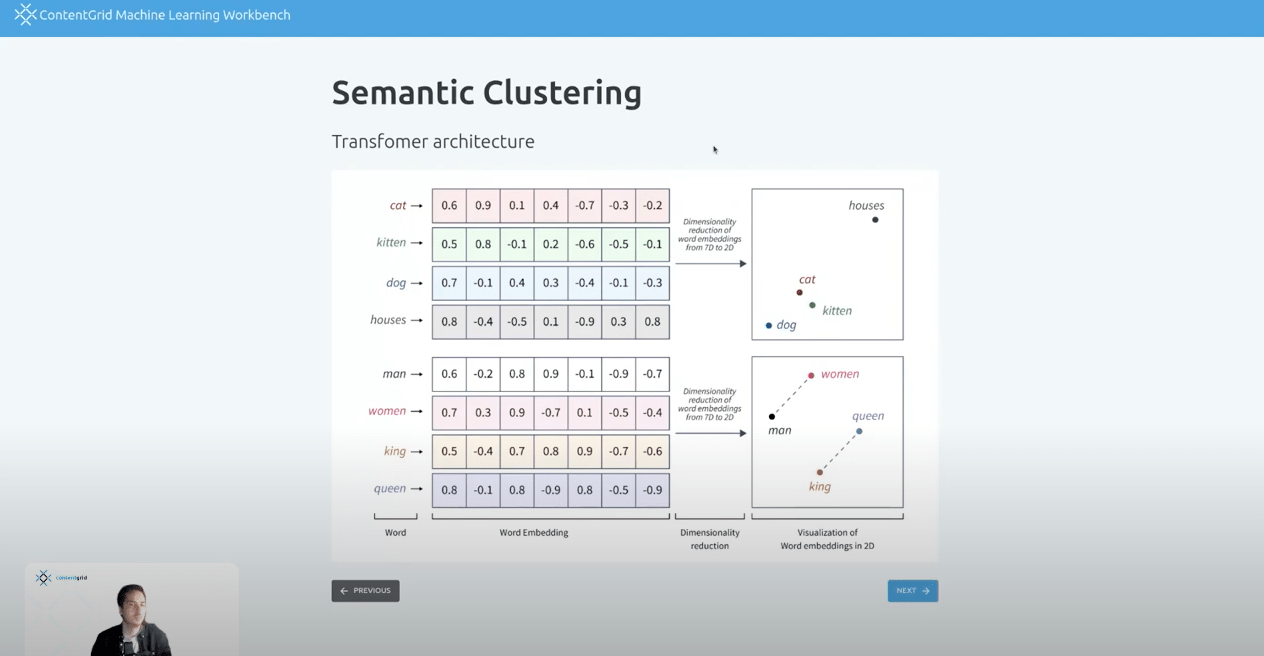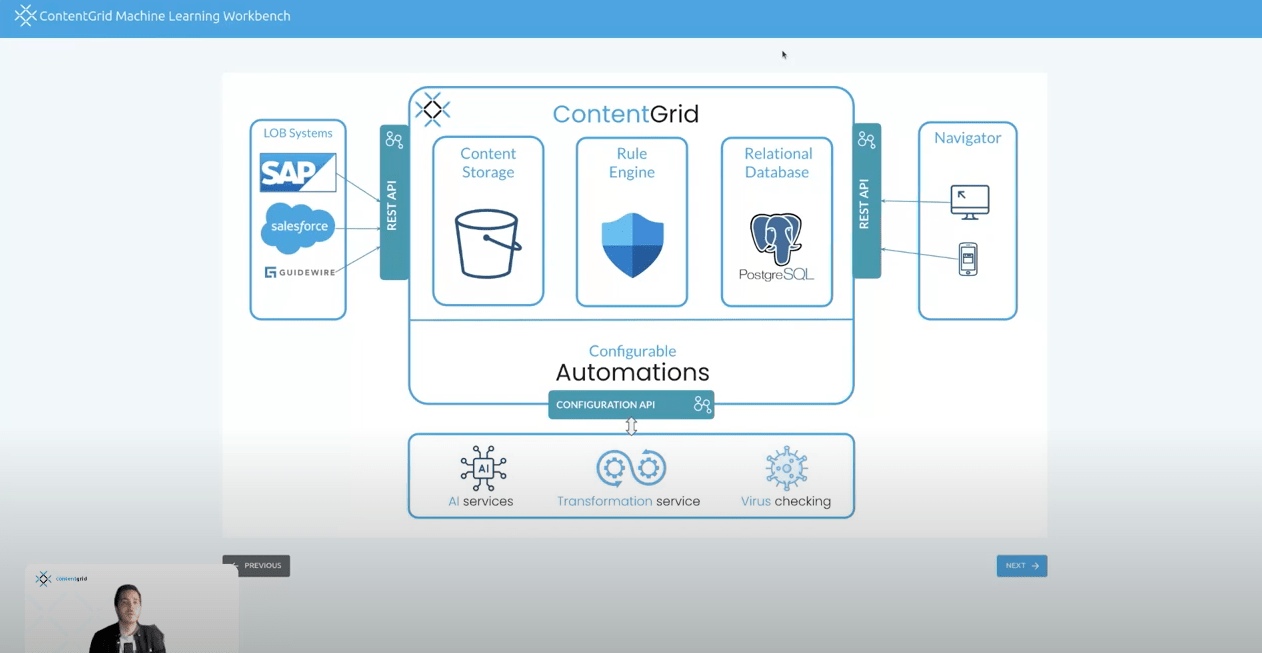
Scaling content management in today’s fast-paced digital landscape is both a necessity and a challenge. Enterprises are constantly inundated with unstructured and semi-structured data, creating what we call Content Chaos - a tangled web of documents, versions, and file structures that can impede productivity and pose risks to organizational efficiency.
Traditional methods struggle to keep pace, but the integration of Artificial Intelligence (AI) and Large Language Models (LLMs) has unlocked new opportunities for scaling and optimizing content management systems.
At ContentGrid, we’ve embraced these transformative technologies to deliver clarity, control, and efficiency to enterprises worldwide. Here’s how AI and LLMs can revolutionize content management for your organization.
How to use AI and LLM’s to scale and optimize Content Management
Understanding Content Chaos
Content Chaos arises when documents and files proliferate across an enterprise without clear organization or control. Imagine an organization with business intelligence spread across file servers, where folder structures vary by employee preferences, rules are inconsistent, and growth magnifies the disorder. This not only hinders accessibility but also increases risks related to data protection and compliance.
Traditional content management solutions often rely on labor-intensive processes or static rules that fail to scale. The alternative? Let AI take the lead.


The three pillars of AI-powered Content Management
At its core, AI in ContentGrid addresses three primary stages of content management: Discovery, Modeling, and Extraction.
Let’s explore each of our three pillars of AI-powered Content Management:
1. Discovery: Understanding your data landscape
AI begins by analyzing your data, uncovering patterns, and grouping similar content into clusters. This process, known as semantic clustering, leverages LLM-based transformer architectures to identify similarities in content.
For example, an organization can analyze a repository of insurance documents to categorize contracts, invoices, and policy details. By grouping related documents, the system reduces chaos and provides a structured foundation for further modeling.

2. Modeling: Creating a semantic data model
After discovering patterns, the next step is to create a semantic data model - a representation of your enterprise’s content.
In ContentGrid, this model includes entities, attributes, and relationships. For example, an insurance company might define entities like:
- Contracts: Attributes include names, effective dates, and statuses.
- Invoices: Linked to contracts, with attributes like amounts and due dates.
- Products: Associated with contracts and customer data.
An AI assistant guides users in refining this model, ensuring it aligns with business needs. Importantly, the model evolves over time, adapting to changes in workflows, partners, or regulations.

3. Extraction: Automating metadata and classification
Once the data model is in place, AI enables automated metadata extraction and classification. For example, when a new invoice is uploaded:
- It is automatically recognized as an invoice.
- Relevant properties, such as invoice number and due date, are extracted.
- The document is linked to its associated contract and customer.
This real-time processing saves time, reduces errors, and ensures consistent categorization across the organization

Rewatch our latest webinar on how to use AI and LLM’s to scale content management
In our latest webinar, our AI lead Ranec Belpaire discussed how to use AI and LLM’s to optimize and scale Content Management.
We summarized it for you. From semantic clustering to automated metadata extraction, learn how ContentGrid uses AI to deliver clarity, efficiency, and control across your content landscape.

Conclusion: Scaling Content Management with AI and LLMs
Content management no longer needs to be a bottleneck. By leveraging AI and LLMs, organizations can transform Content Chaos into Content Clarity. With automation, scalability, and enhanced insights, ContentGrid empowers enterprises to optimize workflows, ensure compliance, and unlock the full potential of their data.

